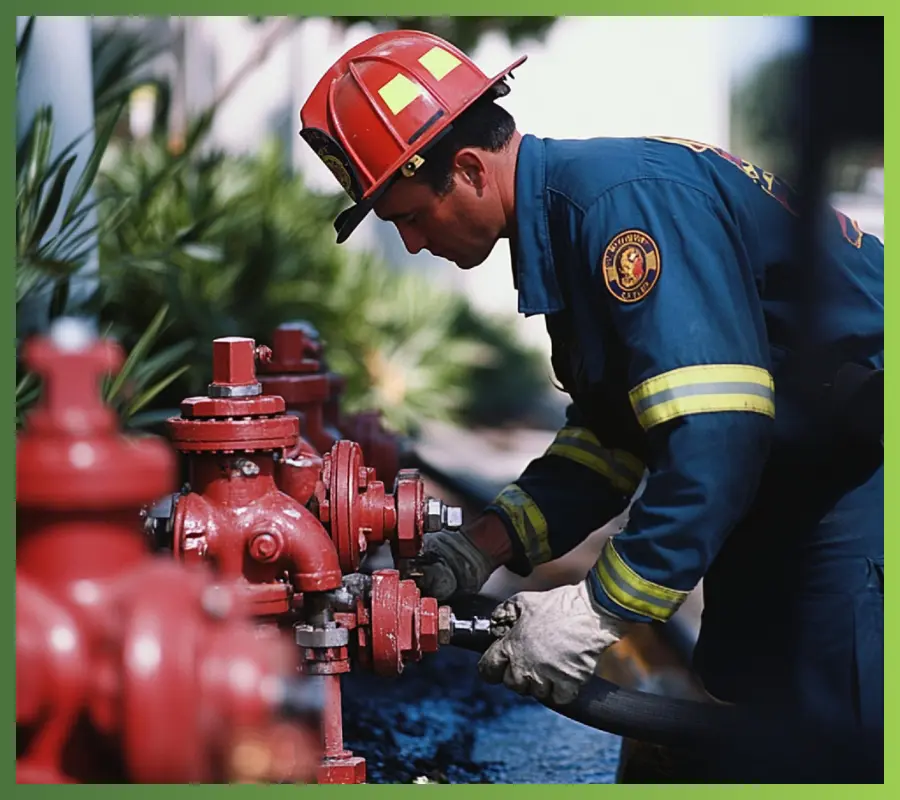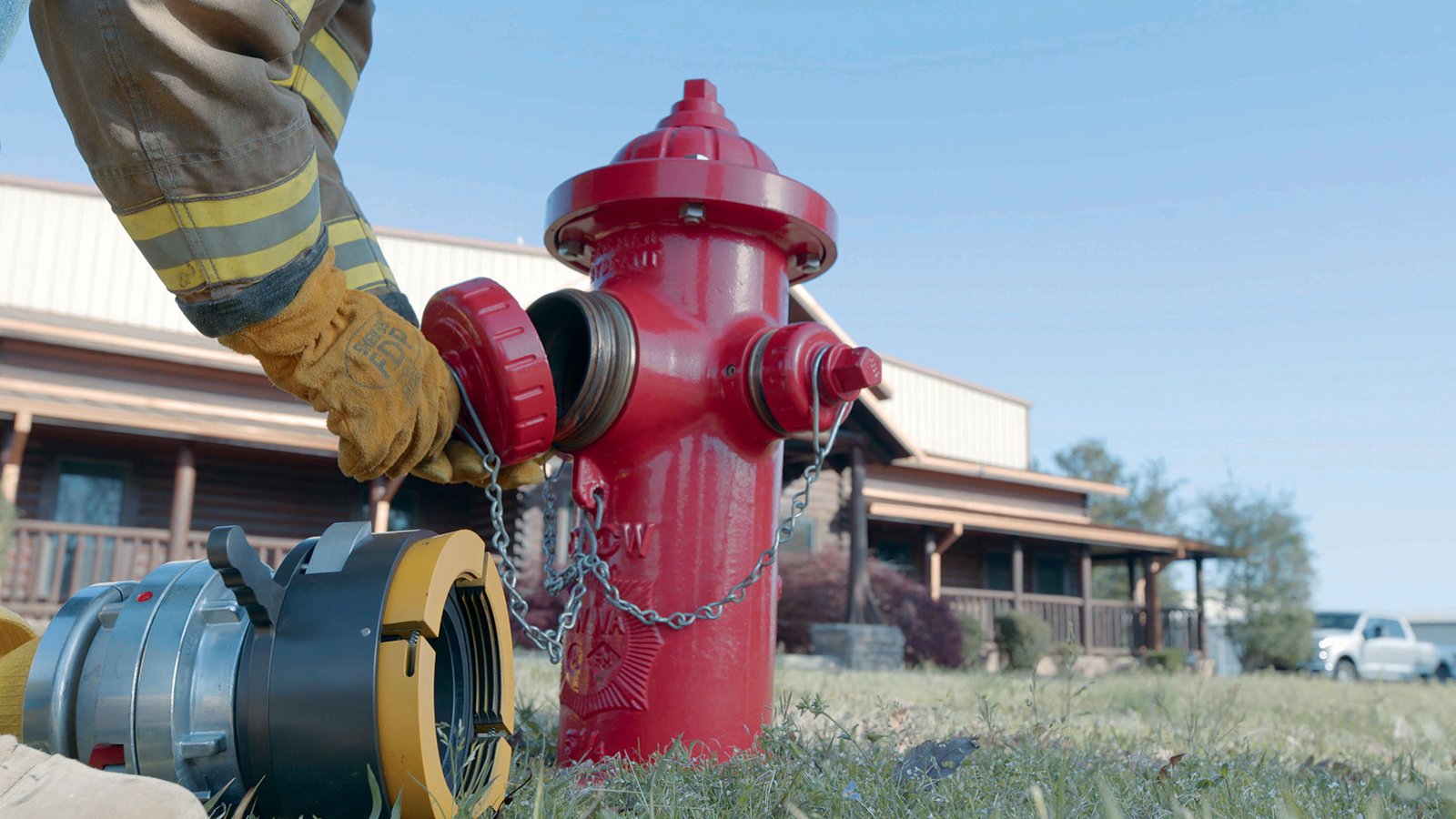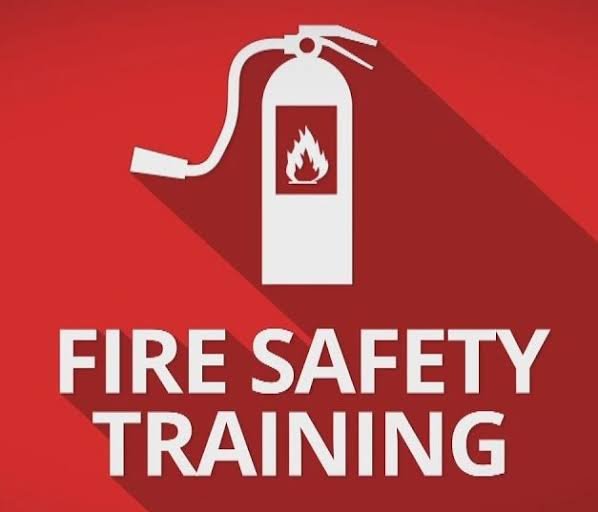NFPA 291 Standard: Fire Flow Testing and Marking of Hydrants
Fire hydrants play a critical role in fire suppression, ensuring firefighters have immediate access to water during emergencies. To maintain their effectiveness, proper testing, maintenance, and marking are essential. The National Fire Protection Association (NFPA) 291 standard provides guidelines for fire flow testing and hydrant marking, ensuring water supply adequacy and operational readiness.

Understanding NFPA 291 Standard
NFPA 291 standard, titled Recommended Practice for Fire Flow Testing and Marking of Hydrants, outlines procedures for testing fire hydrants to determine their available water supply and provides a color-coded marking system for easy identification.
Key Objectives of NFPA 291 Standard
- Ensure Adequate Fire Flow: Hydrants must be tested regularly to assess water availability for firefighting.
- Standardize Hydrant Markings: A uniform marking system helps firefighters quickly identify hydrant capacity.
- Enhance Firefighting Efficiency: Proper testing and marking reduce response time and improve emergency preparedness.
Fire Flow Testing Procedure
NFPA 291 standard recommends the following steps for fire flow testing:
- Pre-Test Inspection: Inspect hydrants for damage, leaks, and obstructions.
- Static Pressure Measurement: Measure the water pressure before opening any hydrants.
- Flow Test: Open a test hydrant to measure the flow rate while recording the residual pressure at another nearby hydrant.
- Calculations: Use the gathered data to determine available fire flow and system capacity.
- Documentation and Reporting: Maintain records for future reference and system improvement.
Hydrant Marking System
NFPA 291 standard recommends a color-coded system to indicate hydrant flow capacity, making it easier for firefighters to determine available water supply at a glance:
- Red (Less than 500 GPM) – Low flow, limited firefighting capability.
- Orange (500-999 GPM) – Moderate flow, suitable for residential fires.
- Green (1000-1499 GPM) – Good flow, effective for commercial and industrial fires.
- Blue (1500+ GPM) – Excellent flow, optimal for large-scale fire incidents.
Additionally, the bonnet and caps may be color-coded to indicate the main water supply source:
- Silver/White – Public water system
- Yellow – Private system
- Red – Non-potable or restricted use
Importance of NFPA 291 Standard Compliance
Compliance with NFPA 291 standard ensures that hydrants are well-maintained and readily available in emergencies. It helps: ✔ Improve firefighter response time ✔ Reduce property damage and loss ✔ Ensure adequate water supply ✔ Enhance overall fire safety infrastructure
Conclusion
Fire hydrants are essential for public safety, and NFPA 291 standard provides a standardized approach for testing and marking them. Regular fire flow testing, proper maintenance, and clear color coding help firefighters make quick, informed decisions in emergencies. By following NFPA 291 standard, communities can enhance fire preparedness and ensure a reliable water supply for firefighting operations.




